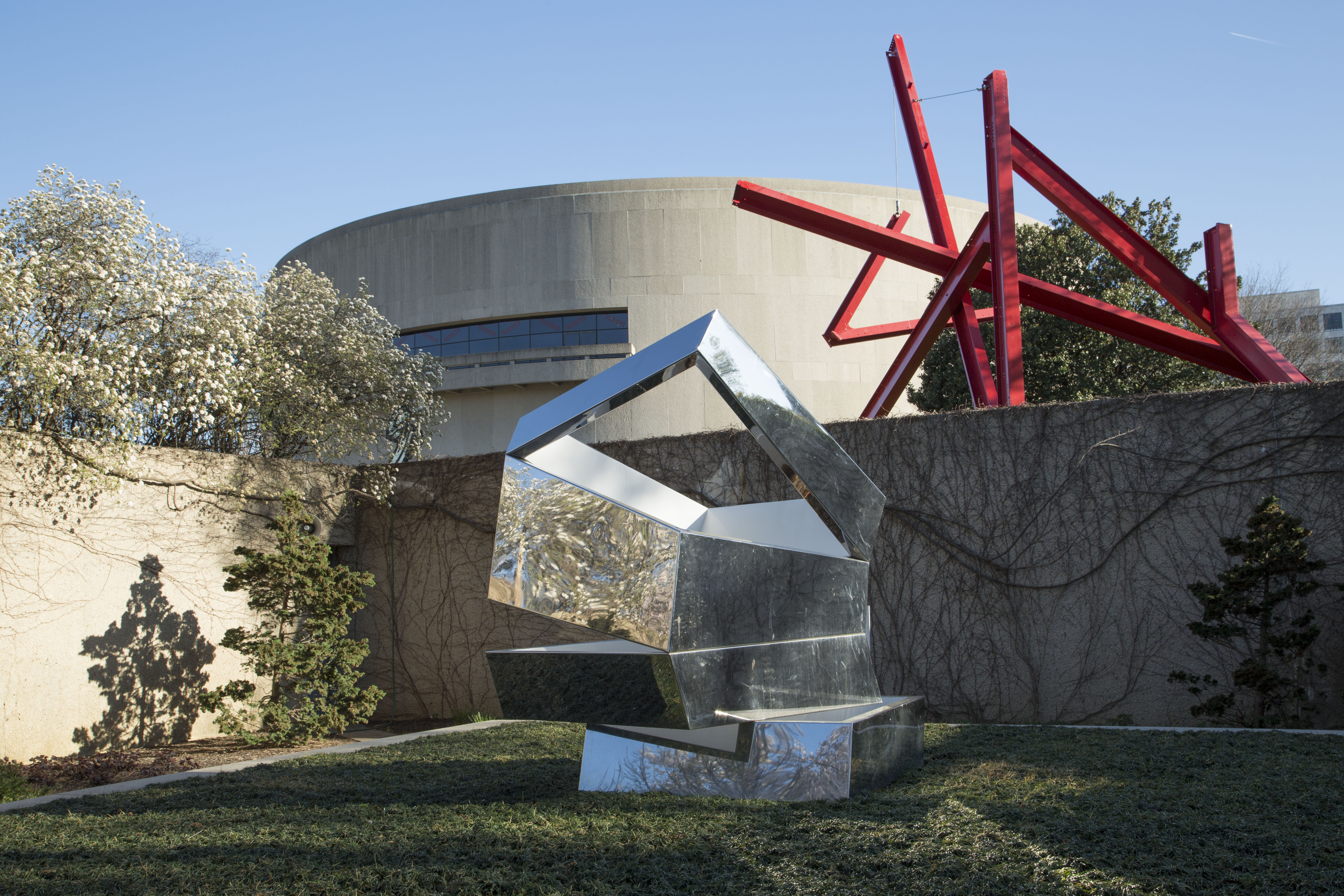
How does an institution go about acquiring a work of art without a contract, photographs, or any documentation of the work in question?
This is a conundrum the Hirshhorn Museum and Sculpture Garden in Washington, DC, recently had to confront when it bought Tino Sehgal’s 2006 piece, This You, the first work of performance art ever to enter its collection.
This You, Sehgal’s only outdoor work to date, features unidentified female singers—“living sculptures,” as the artist refers to them—who approach and serenade strangers. The performers themselves choose songs based on the mood they perceive the visitor to be in.
The work will make its DC debut this fall. Opening Labor Day weekend and running through mid-October, the performance will be realized by a group of local musicians in the museum’s sculpture garden. (It has been performed several times before, most recently in 2016 at City Hall Park in Manhattan.)
Mark Beasley, 2016. Courtesy of the Hirshhorn Museum and Sculpture Garden. Photo Darren Hall.
The acquisition is part of a new emphasis on performance at the Smithsonian museum, which began with the hiring of Mark Beasley, the institution’s curator of new media and performance, in late 2016. This summer, Beasley organized a new summer performance series—“Does the body rule the mind, or does the mind rule the body?”—the first exhibition in the museum’s history to focus on live art.
For Beasley, the Sehgal piece is an ideal gateway drug for performance because it provides a taste of what the medium can offer without alienating the uninitiated. “It’s a very approachable work—literally,” he tells artnet news. “Here at the museum we have an audience that is a third local, a third national, and a third international, and for many it’s their first encounter with not only performance art, but contemporary art. It operates on a very intimate, immediate level, and I like that.”
Sehgal, regarded by many as one of most influential artists of his generation, is known for making work that turns choreographed, seemingly everyday encounters into ephemeral art. The artist famously insists there be no physical documentation of his work, including photographs. (Asked how the museum plans to enforce this rule in an outdoor sculpture garden, Beasley notes there will be signs posted in the area.)
The Hirshhorn Museum’s Sculpture Garden. Photo by Creative Commons Attribution-Share Alike 3.0 Unported license.
Sehgal’s philosophy introduces some tricky questions for a museum acquiring his work. It must exchange hands with only an oral contract describing the set of stipulations provided by the artist. (Yes, that means the acquisition process is, literally, just a conversation.) The museum acquired the work through the artist’s gallery, Marian Goodman.
“The act of acquiring the work almost becomes part of the performance itself,” Beasley points out. “There’s something humanizing about the experience, about being sat together and discussing what the work is and the care around it.”
He believes this humanizing element translates to the audience’s experience of the piece, as does the lack of introductory or documentary material.
“I think the audience appreciates that,” Beasley says. “They appreciate the spontaneity of it and that it yields an authentic, unmediated interaction. It’s not foreshadowed, it’s not a Hollywood movie. Viewers want to be surprised somehow; they want to not know.”